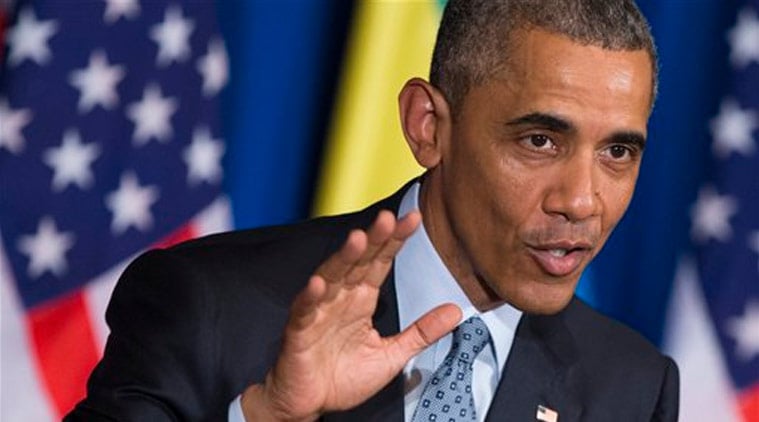Opinion As plans go
Obama’s climate action agenda is the most ambitious by a US president yet. It is not enough.
 US President Barack Obama.
US President Barack Obama.  US President Barack Obama. (Source: AP photo)
US President Barack Obama. (Source: AP photo)
The plan to combat climate change unveiled by US President Barack Obama on Monday is unexpectedly ambitious. The Clean Power Plan — the centrepiece of Obama’s strategy — requires power plants to cut greenhouse gas emissions by 32 per cent from 2005 levels by 2030. This is an improvement over the draft regulation released in June last year, which mandated a 30 per cent cut. As bold as that sounds on paper — and in terms of action taken by US leaders, it is indeed unprecedented — the figure appears much less impressive when seen against the downward trajectory emissions are already on, with power plant emissions having declined by 15 per cent between 2005 and 2013. In practical terms, therefore, this rule will primarily consolidate the shift from coal-fired plants towards cheap natural gas, and hopefully give a fillip to renewable energy.
But the level of opposition even this modest proposal has gathered from the Republicans, many of whom irresponsibly continue to deny the very existence of anthropogenic climate change, and the legal challenges it is bound to face, especially from Republican-controlled states and the coal lobby, underscore the difficulty of pushing comprehensive climate change legislation through Congress. Obama’s efforts to pass a cap-and-trade bill in the early years of his presidency encountered stiff resistance in the Senate. Later attempts have also floundered.
This stalemate has not just delayed meaningful action by the US on the environment, it has also been a significant roadblock in negotiating an international climate change treaty. The US’s feeble efforts have been used as an alibi by emerging economies to explain their inaction on reducing emissions. Ahead of a pivotal UN summit to conclude a global climate treaty in Paris later this year, the Obama plan signals welcome resolve on the part of one of the largest emitters of greenhouse gases in the world.


